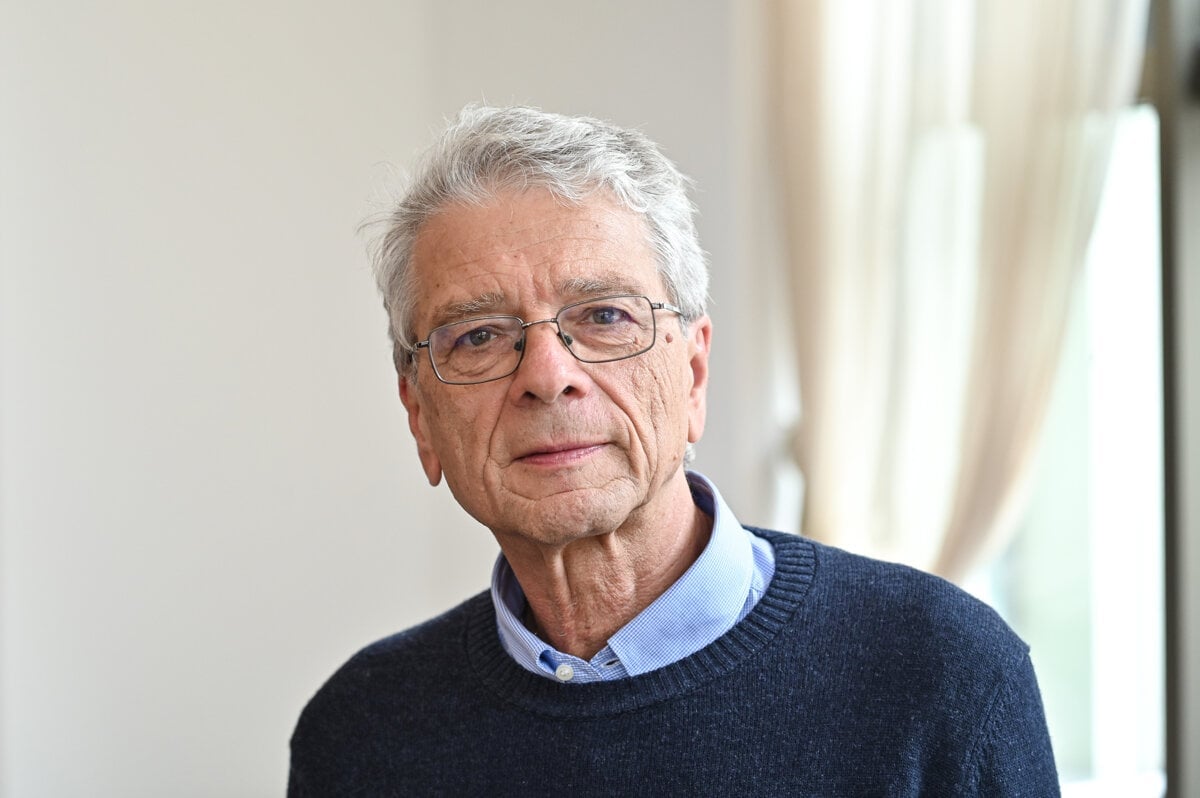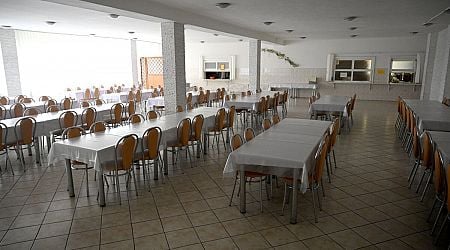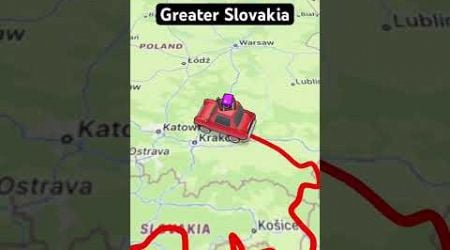Uncovering the early history of the universe, particle by particle
A specially designed experiment studies the first moments of the universe.

"I think one of the basic defining characteristics of humans is that we are curious...if you see something you don't understand, you ask questions like where did it come from, how does it work?" German nuclear physicist Jürgen Schukraft tells The Slovak Spectator.
This article is supported by the ESET Foundation, whose annual ESET Science Award recognises exceptional scientists.
Schukraft is a founding member of the ALICE collaboration, one of several detectors at the Large Hadron Collider at CERN whose goal is to investigate what are thought to have been the conditions at the beginning of the universe. He spoke to The Slovak Spectator ahead of the ESET Science Award ceremony; Schukraft was a member of the international committee which chose this year’s winners.
Is it correct to say that the ALICE Collaboration opens a window onto the creation of the universe?
To give a general context, what we are trying to do in all high energy physics is indeed trying to understand the very small, which is related also to the very early universe in general. So all of what we are doing at CERN, not only what ALICE is doing, but what CERN actually does, is trying to understand the ingredients of nature, its forces and particles. And because the early universe was born in a Big Bang - that's what we currently think - which was a very high energy density and very hot environment. If we can understand the small particles, we can also understand the early universe. So in that sense it is correct. We are trying to understand matter at its smallest scale, which is the matter which was relevant in the early universe.
What kind of matter is that?
The early universe started with what we call The Big Bang, which was a very hot environment which then expanded and cooled. And as it cooled, it changed its state every time it became cooler and cooler.
To stay up to date with what scientists in Slovakia or Slovak scientists around the world are doing, subscribe to the Slovak Science newsletter, which will be sent to readers free of charge four times a year.
Is there an example you could give to help visualise that?
Take steam for example - you cool it, it becomes water. And if you cool it even more, it becomes ice. We call these transitions from one material to another phase transition. What is astonishing is that this matter at high temperature looks nothing like the matter at lower temperatures. Steam doesn't look the same as water. If you have water at 1°, you can make tea. If you have water at 99°, you can make tea. But if you have water at 101°, when it's steam, you can't make tea any more.
And the same thing happened to the matter at the beginning of the universe?


































